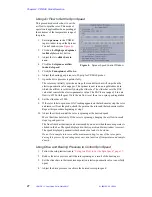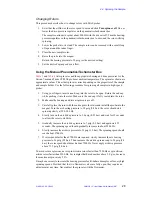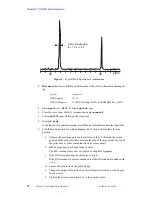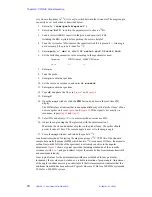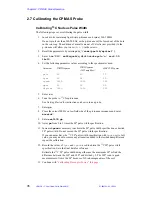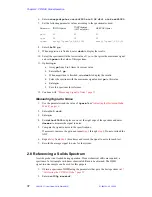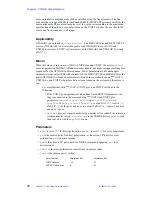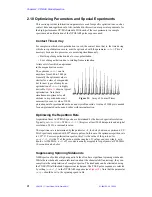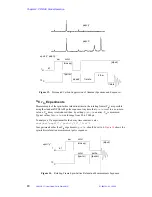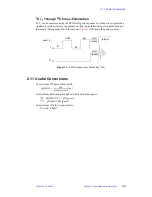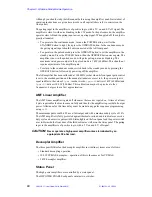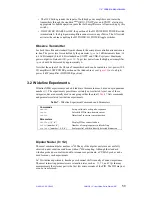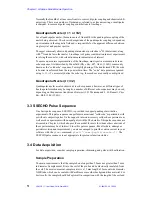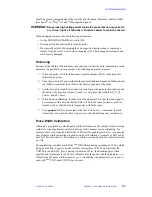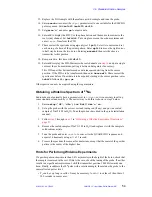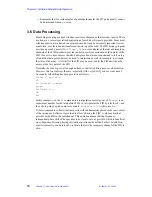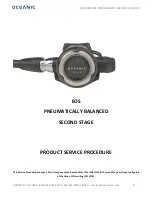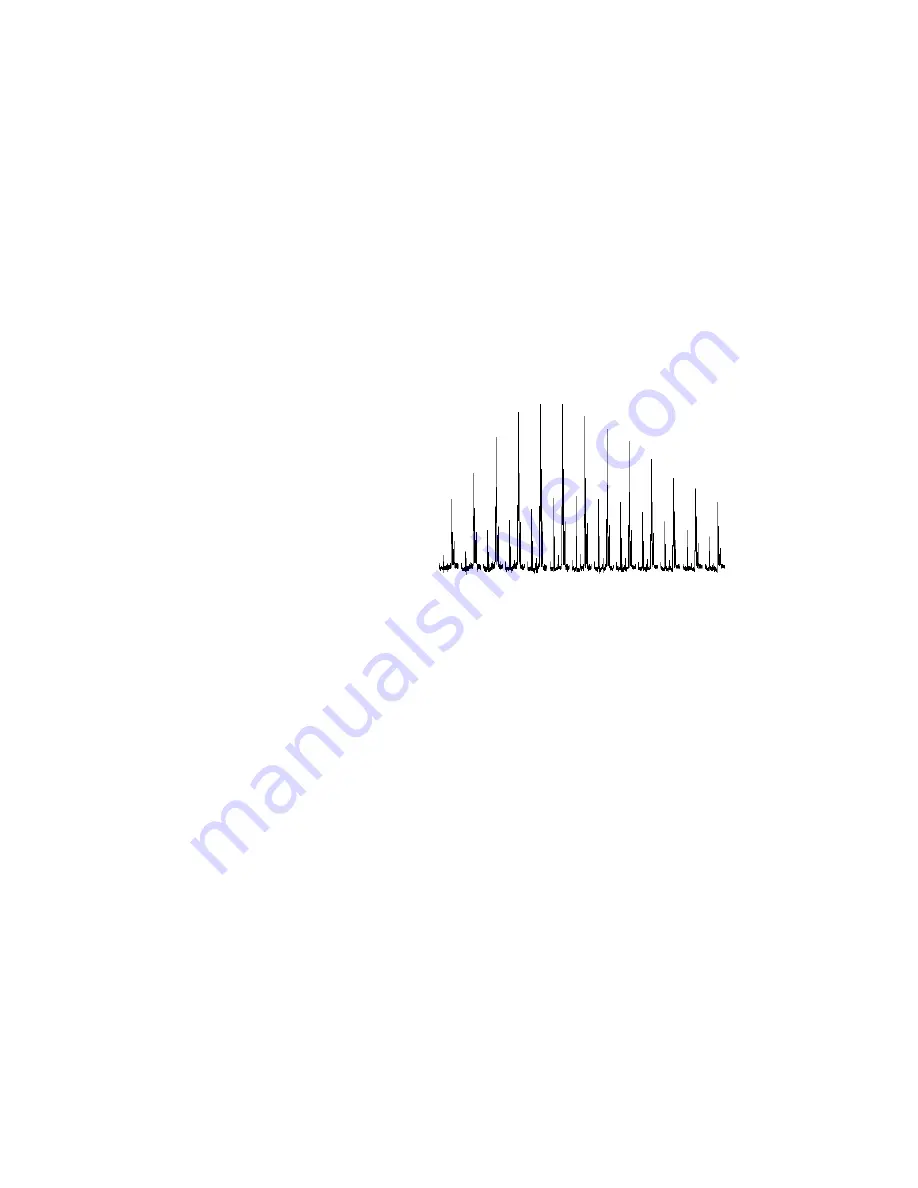
Chapter 2. CP/MAS Solids Operation
41
VNMR 6.1C User Guide: Solid-State NMR
01-999162-00 C0402
2.10 Optimizing Parameters and Special Experiments
This section provides information on parameters used for specific optimizations, such as
contact time and repetition rate. Also included in this section are special experiments for
the high-performance CP/MAS module. With each of these experiments is a sample
spectrum and an illustration of the XPOLAR1 pulse sequence used.
Contact Time Array
For samples in which cross-polarization is used, the contact time, that is, the time during
which cross-polarization occurs, must be optimized with the parameter
cntct
. This is
necessary because two processes are occurring simultaneously:
• Build-up of magnetization due to cross-polarization
• Loss of magnetization due to rotating-frame relaxation
A time exists for which an optimum
in the magnetization occurs.
The optimum
cntct
can lie
anywhere from 100 to 5000
µ
s.
Generally the optimum value is
similar for a class of compounds,
but for new types of samples an
optimization of
cntct
is highly
shows a typical
optimization. Note that a
simultaneous optimum for all
carbons in a spectrum does not
necessarily occur. A value of 1000
µ
s is adequate for protonated carbons and crystalline solids. A value of 3000
µ
s is needed
for non-protonated carbons and solids with internal motion.
Optimizing the Repetition Rate
Acquisition times in CP/MAS spectra are determined by the desired spectral resolution.
Typically, set
sw=50kHz
. With
at=0.05
, this gives at least 2048 data points and a digital
resolution of 4 Hz, a reasonable value.
The repetition rate is determined by the parameter
d1
, the delay between experiments. CP/
MAS spectra are acquired with 90
°
observe pulses. In this case, the optimum repetition rate
is 1.25*T
1
. For cross-polarization spectra, this T
1
is the value of the protons; for
xpol=’n’
, it is the T
1
of the carbon or other nucleus. T
1
values can vary widely, as in
liquids. At 300 MHz, a
d1
of 5 seconds is usually acceptable for polymers; at 400 MHz,
10 seconds can be better.
Suppressing Spinning Sidebands
NMR spectra of solids at high magnetic fields often have significant spinning sidebands.
While these sidebands contain information about the chemical shift anisotropy, they can
complicate the interpretation of complex spectra. The sidebands can be eliminated using
the TOSS (TOtal Sideband Suppression) technique. The TOSS pulse sequence is selected
by setting
toss='y'
in the XPOLAR1 sequence (see
). Note that the parameter
srate
should be set to the spinning speed in Hz.
Figure 11. Array of Contact Times

